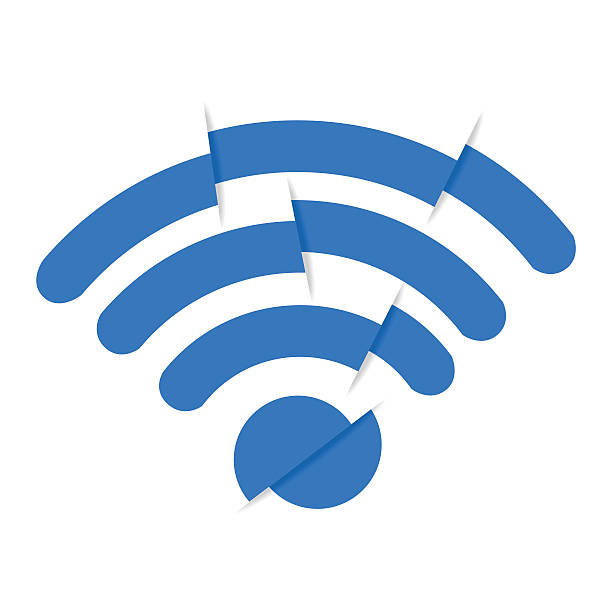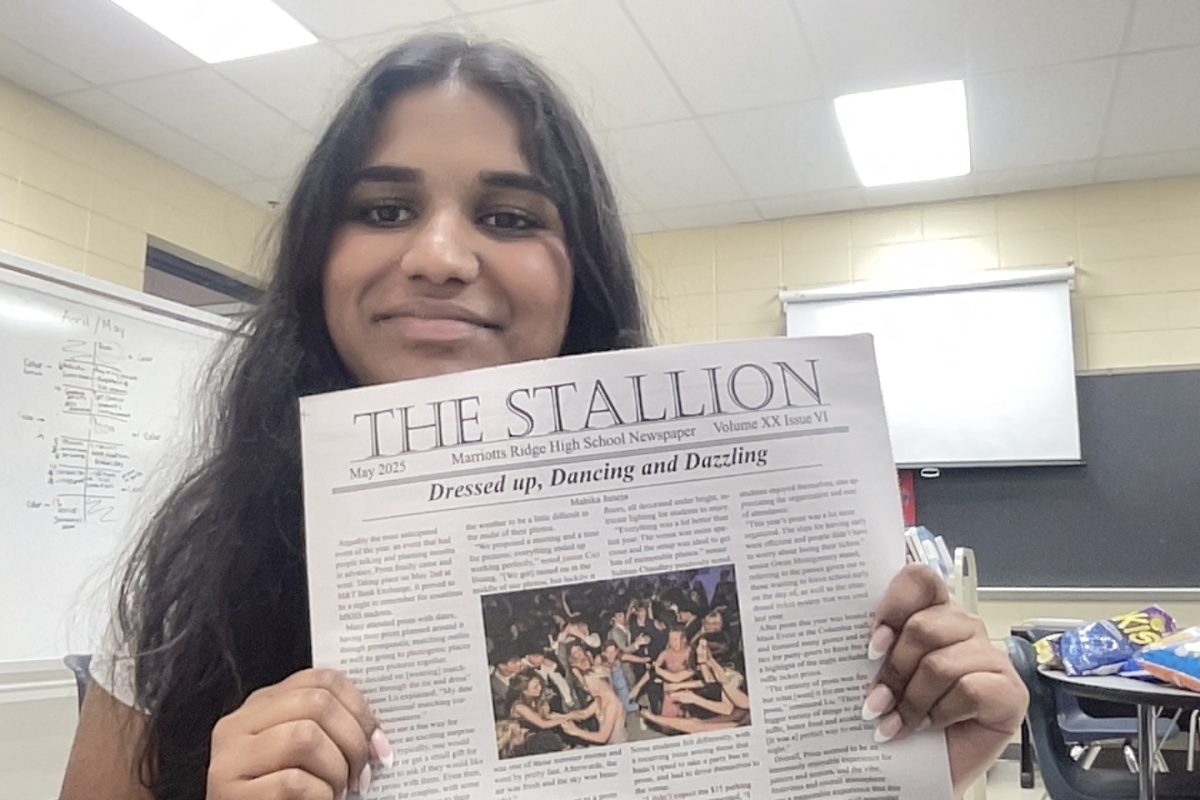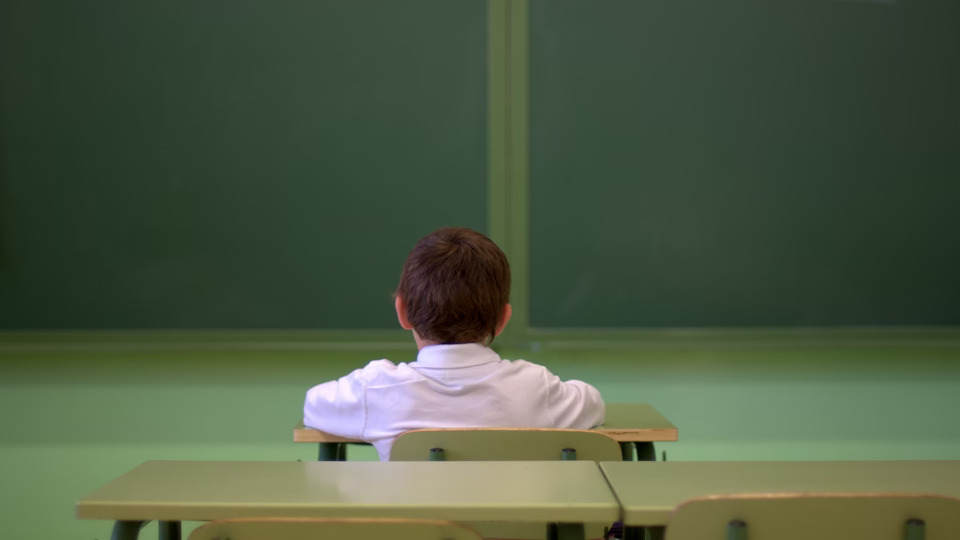After the pivotal closing of schools at the end of the 2019-2020 year due to COVID-19, learning in school has been altered forever. With the advent of schools administering Chromebooks to every student, many aspects of learning have moved online. From many quizzes moving online to a greater portion of assignments being submitted on Canvas, students’ reliance on the school Wi-Fi increases year to year. Despite current efforts, there are still many aspects of the Wi-Fi that many students find to cause issues with learning using online resources.
The three main issues of the Wi-Fi are availability throughout the school, its overall speed and the restrictions set on the Wi-Fi and Chromebooks. The availability of Wi-Fi is the most difficult of the three issues to solve. With such a large school building with thick walls, the challenge of providing Wi-Fi for every student is a tricky issue to navigate. The way that the school attempts to combat this issue is with Wi-Fi hubs.
“There are hubs in the classroom that help provide Wi-Fi for each classroom, especially where the internet is weaker,” media specialist Mr. Schemm divulged.
The speed of the Wi-Fi is the simplest issue to understand but most impactful on a student’s day-to-day life. Whether students are on a Chromebook or on their phone, it’s hard to deny that the time it takes for websites to load can end up affecting students’ ability to complete assignments. The problem is especially apparent when many students are trying to access the same website. For instance, accessing a busy College Board website to complete an assignment during class can result in load times of minutes per page because of the various pages students have to visit to arrive at their destination. The slow load times weigh heavily upon students attempting to get work done as the school Wi-Fi acts as the only avenue for work to be done within the building.
“The Wi-Fi running on computers is slow and cumbersome, and on top of that, I think one of my biggest issues with the wifi is there are no other options. Inside the building, not even cellular data works,” senior Tori Yi expressed
Although the speed and availability are the two main reasons that interfere with students’ use of the Wi-Fi, restrictions on certain applications and websites also contribute to the roadblocks students encounter. These restrictions are necessary to prevent students from accessing sites that are inappropriate on school grounds, but the overprotective nature of the county has the unfortunate consequence of leading to restrictions that end up hurting students rather than helping. Websites such as the Wayback Machine and YouTube have a plethora of content and resources that can be used to aid learning, but the abundance of content provides an issue where the content on the platforms cannot be deemed as a whole to be safe. The inability to deem all of the content on these platforms as safe leads to these resources being locked away from student use. The restrictions set by the school can act as an annoyance but do not guarantee the blockage of the site.
“I don’t think [the restrictions are] necessarily a bad thing… but I think it isn’t effective in the way that, if anyone who wants to access those websites wants to, it’s not hard to necessarily, but it does act as a decent deterrent,” junior Aaron Rodgers shared.
The unfortunate reality of the state of the school’s Wi-Fi is that there are many issues that come between both students and staff when it comes to learning.
“The teachers are generally pretty understanding if the wifi isn’t functioning, so if the Wi-Fi isn’t functioning in the class… I’ll do the work later,” senior Mulin Li stated.
Although one can point out many issues that come about from the Wi-Fi, it is impossible to deny that overall the inclusion of free Wi-Fi and Chromebooks for all students undoubtedly allows for more avenues for learning that positively affect the students’ education. Hopefully, in the future, there will be money and effort put towards improving the Wi-Fi for students, but for now, students must be able to deal with the Wi-Fi and plan to work around its issues.
Categories:
Disconnected: The Issues with the School Wi-Fi
bad signal
More to Discover
About the Contributor

Sean Zissu, Managing Editor
My name is Sean Zissu. I am a senior and this is my second year in journalism. In school, I take interest in all parts of STEM. Out of school, I enjoy listening to music, playing piano, and hanging out with my friends. I’m excited to be part of the newspaper again.








